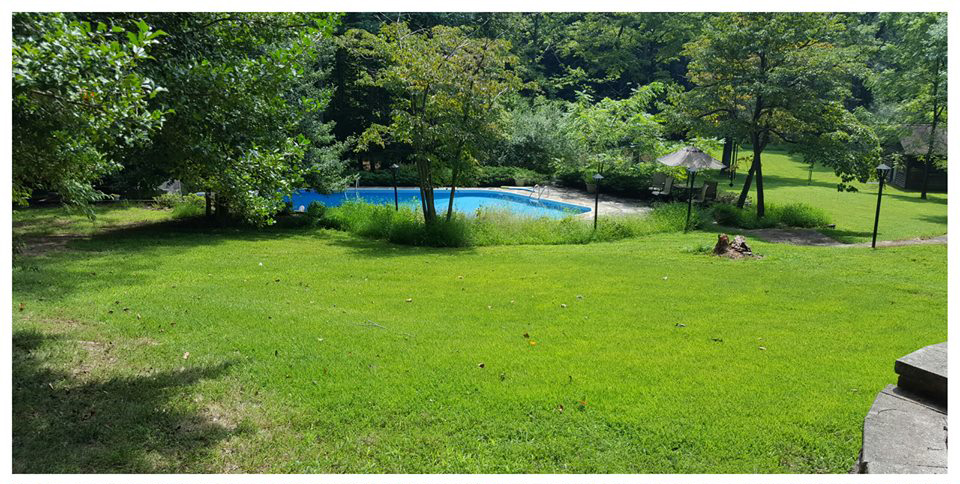Reviving or Rejuvenating Your Lawn
Reviving your lawn after a cold winter can be a challenging task. From seeding and aerating, proper spring lawn care encompasses a range of responsibilities. In order to create a thriving, beautiful lawn, you’ll need to start early. Here are the 8 most important tasks in the Spring to have a lush, thick carpet of green grass.

Dethatching
Dead grass and lawn clippings accumulate and get matted down into thatch. While some thatch protects the roots, a half inch or more prevents moisture and nutrients from reaching the soil and promotes fungal growth. We Professionally Dethatch and Vacuum the Thatch up to prepare for soil and seed.
Soil Testing / Soil Amendments
To grow a great lawn, you need good soil. Most grass varieties thrive in conditions that are neither acidic nor alkaline. We will Sample your soil’s pH and Send it off to the Lab for a proper Plan of Action. Once the Test comes back from the Lab, we will.
Cleanup
After being neglected all winter long, your lawn could use a thorough spring cleaning. We will fully examine your property and assess the state of your lawn. We will look closely for any plants that didn’t survive and discard twigs and leaves that may be compacting the grass. Lastly, don’t forget we can prune your trees and bushes as well.
Aeration
High traffic patches of lawn can become compacted and inhospitable to grass roots. In order to alleviate the compaction, manual or mechanical aeration is necessary. This process involves perforating the soil with small holes to give the roots room to spread and allow air, water and nutrients to penetrate the soil.
Weed Treatment
Preventative treatment is your best bet for a weed-free lawn all season. We apply a pre-emergent herbicide early to tackle weeds before they even sprout. If it’s already too late, we will use a post-emergent herbicide designed to kill growing weeds.
Seeding
We will Check for any bare patches of ground and plant grass seeds. Planting grass in the spring requires a lot of watering and weeding during the hot summer months, so reseed in moderation. Also keep in mind that, once fall comes, you’ll most likely have to seed again.
Straw or Straw Blanketing
High traffic patches of lawn or Hillside areas will require straw or straw matting to hold everything together while it matures into a nice lush lawn.
Hydrate the Lawn
How To Water Your Lawn
- Your lawn needs at least 1”-1 ½” of water per week, year-round, during the winter, too.
- Water deeply 2-3 times per week, rather than daily.
- Water as early in the morning as you can, when possible.
- If you can’t push a 6” screwdriver into your lawn, you’re not watering enough.
